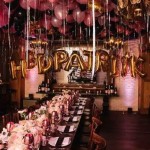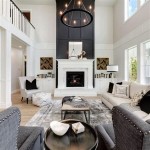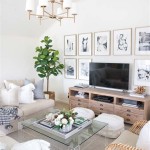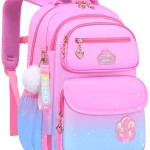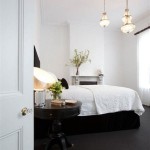Is Primitive Decor Out Of Style?
The cyclical nature of design trends often leaves homeowners wondering if their carefully curated interiors are suddenly passé. Primitive decor, with its rustic charm and focus on handcrafted items, is no exception to this scrutiny. While trends may shift, the enduring appeal of primitive style suggests it occupies a unique space in the world of interior design, transcending fleeting fads.
Understanding the essence of primitive decor is crucial to assessing its current status. This style emphasizes simplicity, functionality, and a connection to nature. It often incorporates natural materials like wood, stone, and linen, featuring muted color palettes inspired by the earth. Furniture pieces are typically handcrafted and may appear aged or distressed, adding to the overall sense of history and authenticity.
One of the core elements of primitive decor is its focus on folk art and craftsmanship. Hand-stitched quilts, woven baskets, and hand-carved wooden figures find a natural home in primitive-styled spaces. These items celebrate the artistry of human hands and bring a unique, personal touch to a room.
The current design landscape shows a move towards minimalism and clean lines in many mainstream trends. This might lead some to believe that the more rustic and textured elements of primitive decor are falling out of favor. However, primitive style continues to resonate with many homeowners who appreciate its warmth, authenticity, and connection to simpler times.
Rather than disappearing entirely, primitive decor is evolving. Modern interpretations of the style often incorporate elements of other design trends, creating hybrid aesthetics. For example, a homeowner might blend the rustic charm of primitive furniture with the clean lines of modern farmhouse decor, resulting in a space that feels both current and timeless.
Furthermore, the increasing emphasis on sustainability in interior design aligns well with the core values of primitive decor. The focus on natural materials, handcrafted items, and repurposing old pieces resonates with environmentally conscious consumers. This renewed appreciation for sustainability contributes to the continued relevance of primitive style.
The rise of online marketplaces and social media platforms has also played a role in the evolution of primitive decor. These platforms provide access to a wide range of antique and vintage items, making it easier for individuals to incorporate authentic primitive pieces into their homes. They also facilitate the sharing of ideas and inspiration, fostering a community of individuals passionate about the style.
Another factor contributing to the ongoing appeal of primitive decor is its versatility. It can be adapted to suit a variety of tastes and preferences, from a more traditional, rustic look to a more refined and updated aesthetic. This adaptability allows homeowners to personalize the style and create spaces that truly reflect their individual sensibilities.
While the popularity of certain design trends may ebb and flow, the underlying principles of primitive decor – simplicity, functionality, and a connection to nature – remain timeless. The focus on handcrafted items and natural materials continues to resonate with individuals seeking a sense of authenticity and warmth in their homes.
It's important to distinguish between mainstream trends and enduring styles. While primitive decor may not be at the forefront of every design magazine, it continues to thrive as a distinct and appreciated aesthetic. Its enduring appeal stems from its ability to create spaces that feel both comfortable and inviting, fostering a sense of connection to the past and the natural world.
The question of whether primitive decor is "out of style" is perhaps less relevant than understanding its enduring qualities. Those drawn to the warmth, simplicity, and authenticity of primitive style can confidently incorporate its elements into their homes, knowing that it offers a timeless appeal that transcends fleeting trends.
The emphasis on handcrafted items and the celebration of imperfections inherent in primitive decor also contribute to its continued relevance in a world increasingly dominated by mass-produced goods. This focus on individuality and unique craftsmanship allows homeowners to create spaces that feel personal and meaningful.
Ultimately, the choice of decorating style is a personal one. For those who appreciate the rustic charm, natural materials, and handcrafted beauty of primitive decor, it remains a viable and appealing option, regardless of its current standing in mainstream design trends.
By focusing on the core elements of primitive style and adapting them to suit individual tastes, homeowners can create spaces that feel both timeless and personal, reflecting a deep appreciation for simplicity, authenticity, and the beauty of the natural world.

What Is Primitive Decor And Style Explained

Primitive Kitchen Decor Ideas To Transform Your Space

A Primer On Primitive Decor And How To Use It In Your Home Antique Farmhouse

What Is Primitive Home Decor And How To Use Style At

My Primitive Decor Decorating Country Living Room Prim

Primitive Farmhouse Fall Home Tour My Rustic House

Farmhouse Friday Primitive Decor Knick Of Time

Eye For Design Decorating In The Primitive Colonial Style

What Is Primitive Home Decor And How To Use Style At

Primitive Home Decor Revival Goods The Beauty

